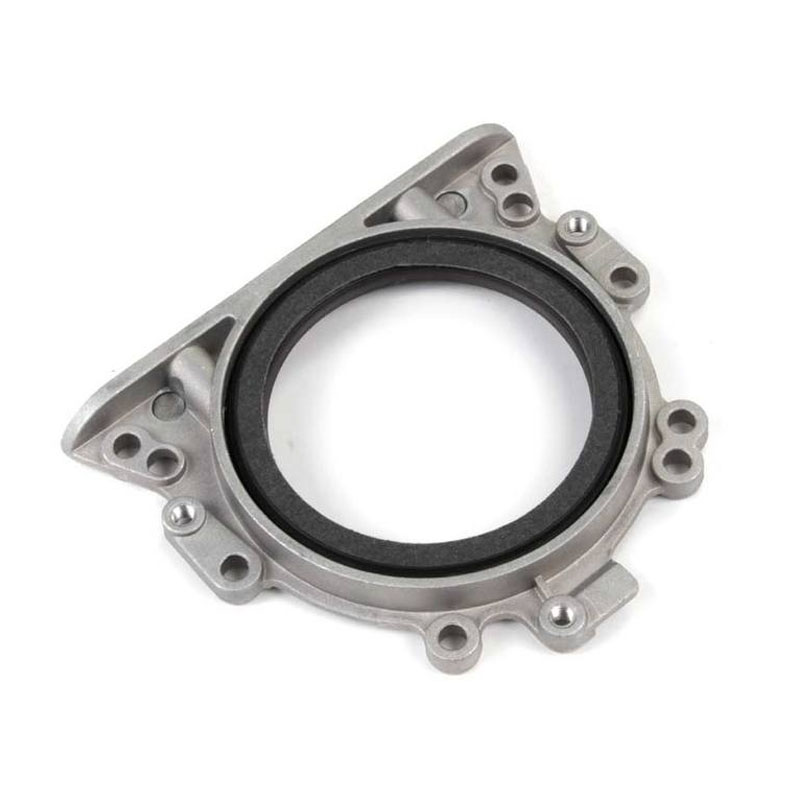compressor shaft
Understanding Compressor Shafts Key Components in Mechanical Systems
Compressor shafts play a pivotal role in various mechanical systems, particularly in the field of HVAC (heating, ventilation, and air conditioning), refrigeration, and industrial manufacturing. A compressor shaft is a cylindrical rod that transmits mechanical power from a motor to a compressor, effectively converting rotational energy into the work necessary for compressing gases. This article delves into the significance, design, and maintenance of compressor shafts, highlighting their essential contribution to overall system efficiency.
Significance of Compressor Shafts
The compressor shaft serves as the backbone of the compressor assembly. It is essential for converting electric energy into mechanical energy, allowing the compressor to perform its intended function—compressing gas to raise its pressure for various applications. Without a properly functioning shaft, the entire compressor system would fail, causing inefficiency, increased energy consumption, and potential equipment failure.
In applications ranging from air conditioning units to large industrial compressors, the design and material selection of the shaft are critical. These components must withstand substantial forces, including torque and vibrations, while maintaining dimensional integrity over time. A well-designed shaft contributes not only to the efficiency of the compressor but also to the longevity of the entire system.
Design Considerations
When engineers design compressor shafts, they consider several essential factors, including material properties, dimensions, and operational conditions. Materials commonly used for compressor shafts include carbon steel, aluminum, and specialty alloys that can withstand various temperature ranges and environments. The choice of material is crucial as it directly affects the shaft's strength, weight, and resistance to corrosion.
compressor shaft

The diameter and length of the shaft are also critical design aspects. A larger diameter generally increases strength and rigidity but may add weight, which could affect the overall efficiency of the system. Conversely, a smaller diameter might lead to deformation under load, causing premature failure. Therefore, engineers perform detailed calculations and simulations to determine the optimal dimensions that balance strength and weight.
Moreover, surface treatment processes, such as hardening and coating, are often employed to enhance durability and reduce friction during operation, which further prolongs the life of the shaft and the compressor.
Maintenance Practices
Regular maintenance of compressor shafts is vital to ensure their longevity and optimal performance. One of the most important practices involves routine inspections to detect signs of wear, corrosion, or misalignment. These issues can lead to catastrophic failures if not addressed promptly. Operators should also monitor vibration levels, as excessive vibrations can indicate imbalance or bearing issues related to the shaft.
Lubrication is another crucial factor in maintaining shaft health. Proper lubrication minimizes friction between the moving parts and reduces the risk of overheating, which can lead to serious failures. Ensuring that the correct type and amount of lubricant is used can significantly enhance the performance and lifespan of the compressor shaft.
Conclusion
In summary, compressor shafts are integral components in various mechanical systems, enabling efficient operation in numerous applications. Understanding their significance, appropriate design considerations, and maintenance practices is essential for optimizing performance and longevity. As technology continues to advance, the design and materials used for compressor shafts will likely evolve, leading to even greater efficiency and reliability in mechanical systems. Proper awareness and care of these vital components can result in substantial operational benefits, making them an area of focus for engineers and technicians alike.
-
Understanding the Front Main Engine Seal: Purpose, Maintenance, and Installation
News Jul.29,2025
-
Understanding O-Rings and Seal Rings: Types, Applications, and Custom Solutions
News Jul.29,2025
-
Understanding Crankshaft Oil Seals: Rear Seals, Pulley Seals, and Their Role in Engine Integrity
News Jul.29,2025
-
The Importance of Front and Rear Crankshaft Seals in Engine Performance and Oil Management
News Jul.29,2025
-
Crank Oil Seals: Functions, Types, and Cost Considerations in Engine Maintenance
News Jul.29,2025
-
A Comprehensive Guide to O-Rings and Seals: Types, Materials, and Global Applications
News Jul.29,2025
-
Mastering Diesel and Performance Engine Maintenance: A Guide to Critical Oil Gaskets
News Jul.28,2025
Products categories















